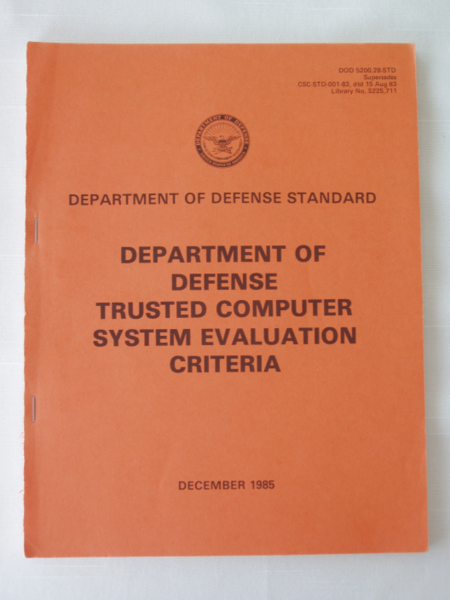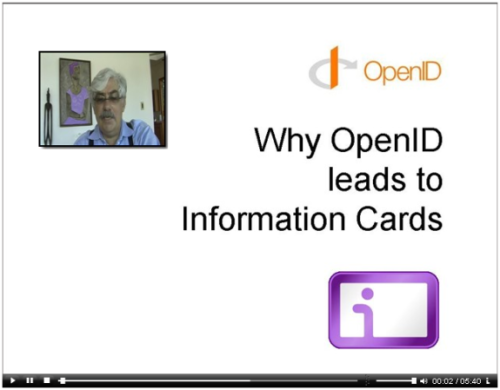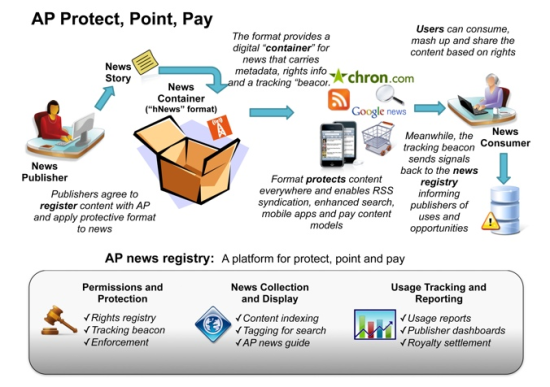DOD Orange Book
 Monday, August 10, 2009 at 10:15AM
Monday, August 10, 2009 at 10:15AM Preface
The trusted computer system evaluation criteria defined in this document classify systems into four broad hierarchical divisions of enhanced security protection. They provide a basis for the evaluation of effectiveness of security controls built into automatic data processing system products. The criteria were developed with three objectives in mind: (a) to provide users with a yardstick with which to assess the degree of trust that can be placed in computer systems for the secure processing of classified or other sensitive information; (b) to provide guidance to manufacturers as to what to build into their new, widely-available trusted commercial products in order to satisfy trust requirements for sensitive applications; and (c) to provide a basis for specifying security requirements in acquisition specifications. Two types of requirements are delineated for secure processing: (a) specific security feature requirements and (b) assurance requirements. Some of the latter requirements enable evaluation personnel to determine if the required features are present and functioning as intended. The scope of these criteria is to be applied to the set of components comprising a trusted system, and is not necessarily to be applied to each system component individually. Hence, some components of a system may be completely untrusted, while others may be individually evaluated to a lower or higher evaluation class than the trusted product considered as a whole system. In trusted products at the high end of the range, the strength of the reference monitor is such that most of the components can be completely untrusted. Though the criteria are intended to be application-independent, the specific security feature requirements may have to be interpreted when applying the criteria to specific systems with their own functional requirements, applications or special environments (e.g., communications processors, process control computers, and embedded systems in general). The underlying assurance requirements can be applied across the entire spectrum of ADP system or application processing environments without special interpretation.
I'm filing the DEPARTMENT OF DEFENSE STANDARD: DEPARTMENT OF DEFENSE TRUSTED COMPUTER SYSTEM EVALUATION CRITERIA (DECEMBER l985) as a library reference to this blog site.
 Steve Holcombe
Steve Holcombe
See also the NSA Rainbow Series at http://www.fas.org/irp/nsa/rainbow.htm.
 Standards
Standards 


